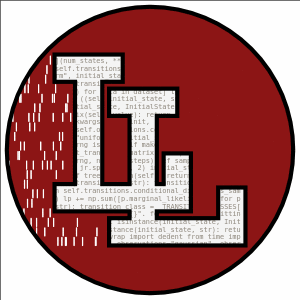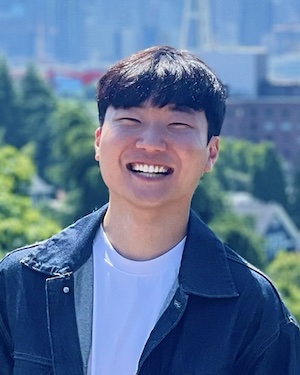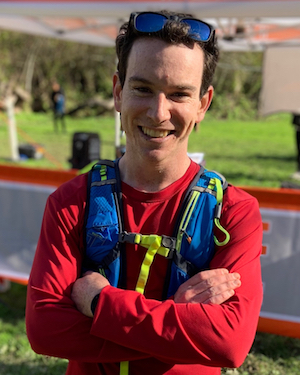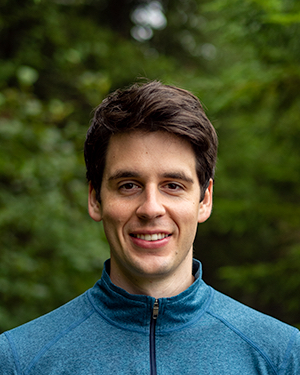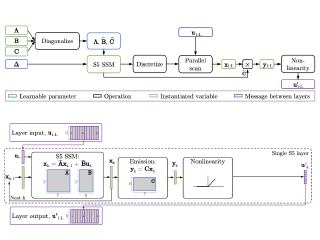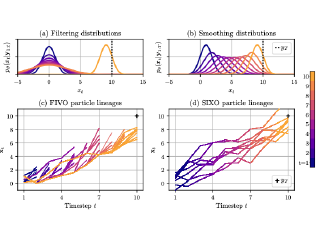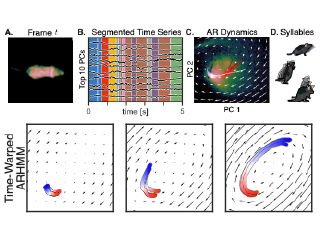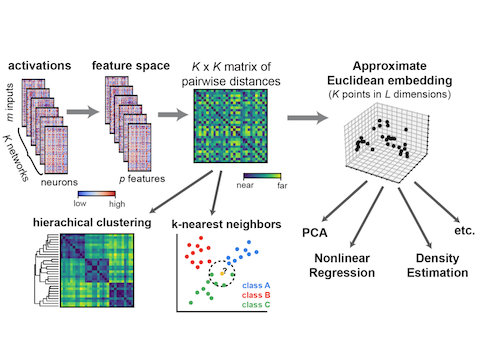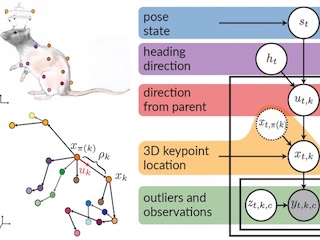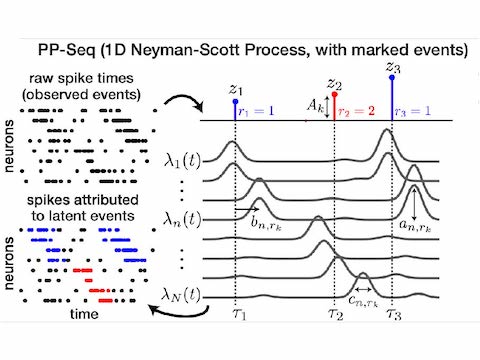Sun*, R., Linderman*, S. W., Kinsella, I., & Paninski, L. (2019). Scalable Bayesian inference of dendritic voltage via spatiotemporal recurrent state space models. Advances in Neural Information Processing Systems (NeurIPS).
Selected for Oral Presentation (0.5% of all submissions)
Paper
Code
Apostolopoulou, I., Linderman, S. W., Miller, K., & Dubrawski, A. (2019). Mutually regressive point processes. Advances in Neural Information Processing Systems (NeurIPS).
Paper
Code
Schein, A., Linderman, S. W., Zhou, M., Blei, D., & Wallach, H. (2019). Poisson-randomized gamma dynamical systems. Advances in Neural Information Processing Systems (NeurIPS).
Paper
arXiv
Code
Batty^*, E., Whiteway^*, M., Saxena, S., Biderman, D., Abe, T., Musall, S., Gillis, W., Markowitz, J., Churchland, A., Cunningham, J., Linderman^\dagger, S. W., & Paninski^\dagger, L. (2019). BehaveNet: nonlinear embedding and Bayesian neural decoding of behavioral videos. Advances in Neural Information Processing Systems (NeurIPS).
Paper
Code
Linderman, S. W., Nichols, A. L. A., Blei, D. M., Zimmer, M., & Paninski, L. (2019). Hierarchical recurrent state space models reveal discrete and continuous dynamics of neural activity in C. elegans. BioRxiv. https://doi.org/10.1101/621540
bioRxiv
Nassar, J., Linderman, S. W., Park, M., & Bugallo, M. (2019). Tree-structured locally linear dynamics model to uproot Bayesian neural data analysis. Computational and Systems Neuroscience (Cosyne) Abstracts.
Raju, R. V., Li, Z., Linderman, S. W., & Pitkow, X. (2019). Inferring implicit inference. Computational and Systems Neuroscience (Cosyne) Abstracts.
Glaser, J., Linderman, S. W., Whiteway, M., Perich, M., Dekleva, B., Miller, L., & Cunningham, L. P. J. (2019). State space models for multiple interacting neural populations. Computational and Systems Neuroscience (Cosyne) Abstracts.
Markowitz, J., Gillis, W., Murmann, J., Linderman, S. W., Sabatini, B., & Datta, S. (2019). Resolving the neural mechanisms of reinforcement learning through new behavioral technologies. Computational and Systems Neuroscience (Cosyne) Abstracts.
Linderman, S. W., Sharma, A., Johnson, R. E., & Engert, F. (2019). Point process latent variable models of larval zebrafish behavior. Computational and Systems Neuroscience (Cosyne) Abstracts.
Nassar, J., Linderman, S. W., Bugallo, M., & Park, I. M. (2019). Tree-Structured Recurrent Switching Linear Dynamical Systems for Multi-Scale Modeling. International Conference on Learning Representations (ICLR).
Paper
arXiv
